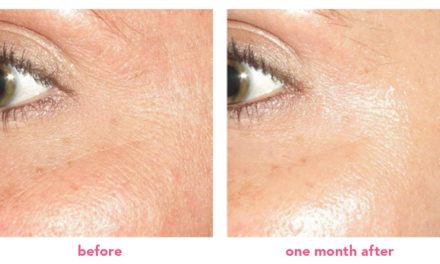Feeling confident with our smile can drastically change how we look and how we approach the world. No person should feel ashamed to smile when we’re happy, especially during a big event like a wedding or graduation. Straight teeth not only make a big difference in self-confidence, but they also help create an environment in our mouths that’s easier to keep clean and healthy.
Few people are born with perfectly aligned teeth, but with advancements in orthodontics and dentistry, it’s something we can all achieve. Here’s how the three most popular options compare so you can find what works best for your timeline and budget.
Traditional Braces
Avg treatment: 1-3 years
Avg cost: $5,000–$6,000
+
Dental braces are a comprehensive treatment for an abnormal bite, aligning teeth, fixing gaps, and other complex issues. It works by cementing brackets to teeth and connecting them by a wire to gently apply pressure over time. Everyone is a candidate, and braces are often administered between ages 8–14 to address bite issues. However, braces can be used at any age for orthodontic treatment.
—
While a tried and true method, traditional braces typically take longer than alternative methods. Because the treatment period is longer, it can also cost more. Visible metal hardware on the teeth that are not removable may not be the right fit for every person’s lifestyle and can be hard to clean. Ceramic braces that blend in more with teeth may cost about $500 or $600 more.
Six Month Smiles
Avg treatment: 6 months
Avg cost: $3,500–$5,000
+
This alternative to traditional metal braces involves clear or tooth-colored braces and wires that blend in for a more discreet look. It offers a fast solution to cosmetic issues like crowding and misalignment towards the front of the mouth. It’s a great option for adults who need a touch up after previous orthodontal work or who need correction around the visible part of their smile. Treatment generally lasts from 4–9 months with the average at 6 months. Because of the shorter schedule, it generally costs less than traditional braces.
—
Candidates must have grown-in adult teeth. While a great solution for many, Six Month Smiles works if the issues are not too severe or involve molars. More complicated issues may take longer than the average timeline.
Invisalign
Avg treatment: 12–18 months
Avg cost: $3,000–$6,000
+
This is the most discrete option for cosmetic dental work. Clear aligners are made of a patented BPA-free thermoplastic material, SmartTrack®, which gradually straighten teeth. The clear trays are replaced every week or every other week and exert a gentler pressure than traditional braces. They can be taken off for meals, brushing, and flossing, so they don’t interfere with eating or oral hygiene.
—
Not everyone is a candidate for Invisalign, which focuses mainly on cosmetic issues. Invisalign can take longer than traditional braces because the clear trays are removable. Although convenient, trays are easily forgotten, especially for those not self-disciplined. It’s recommended to wear them 20–22 hours each day, and not adhering to that can extend the treatment timeline.
While traditional metal braces are still the gold standard for treating complex issues, talk to your dentist to find the right solution for cosmetic issues like gaps, rotation, and misalignment. These three options are usually at least partially covered by dental insurance. There’s no reason to hide your teeth when you could be flashing a full, beautiful smile.
For more information, visit Crosstown Dental Group located at 1350 Concourse Ave. 901.881.1234 info@crosstowndentist.com
Photo by Amy Goode







